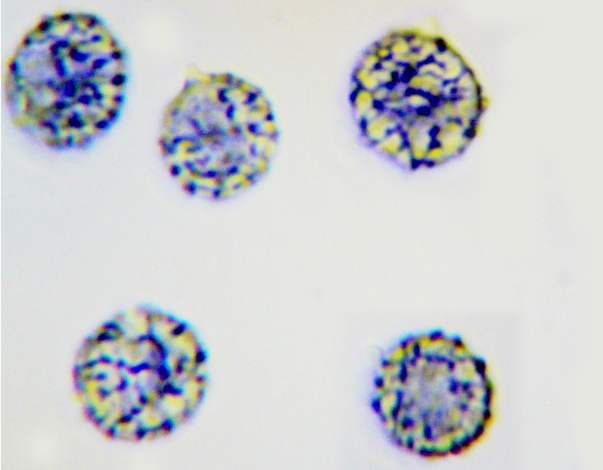Russula nigricans (Bull.) Fr. - Blackening Brittlegill
Phylum: Basidiomycota - Class: Agaricomycetes - Order: Russulales - Family: Russulaceae
Distribution - Taxonomic History - Etymology - Identification - Culinary Notes - Reference Sources
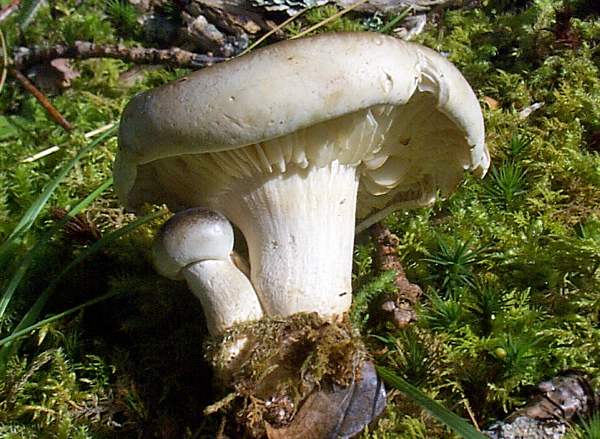
Russula nigricans, the Blackening Brittlegill, is a very variable species in terms of its size, shape and colour: it changes in each of these respects quite markedly as it matures, eventually becoming black all over.
The cut flesh of Russula nigricans initially turns reddish and then becomes reddish-brown before turning black. In common with other blackening species this brittlegill is prone to attack by parasitic fungi such as Asterophora parasitica.
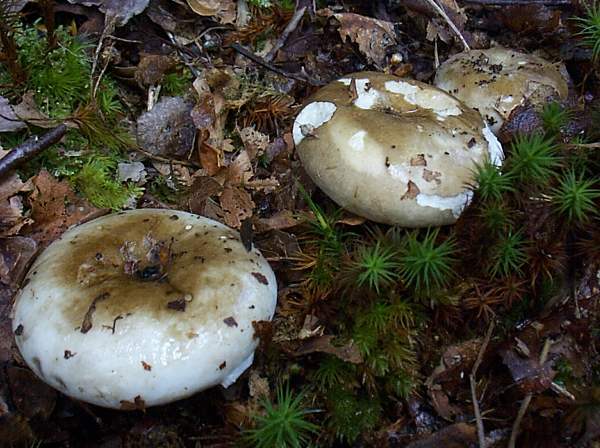
The widely-spaced adnate gills are an important identifying feature of this very common member of the Russulaceae, which is frequently confused with other large, pale brittlegills and milk caps. Russula nigricans sometimes produces fairy rings; the picture on the left is part of such a ring.
Distribution
Common in broadleaf, mixed and coniferous woodland, Russula nigricans occurs throughout Britain and Ireland. On mainland Europe this brittlegill can be found from Scandinavia right down to the Mediterranean region; its range extends eastwards into temperate parts of Asia.
I have found no records of this species from North America, but a very similar brittlegill Russula dissimulans (which may or may not be co-specific with R. nigricans) is reported to be common across much of the USA.
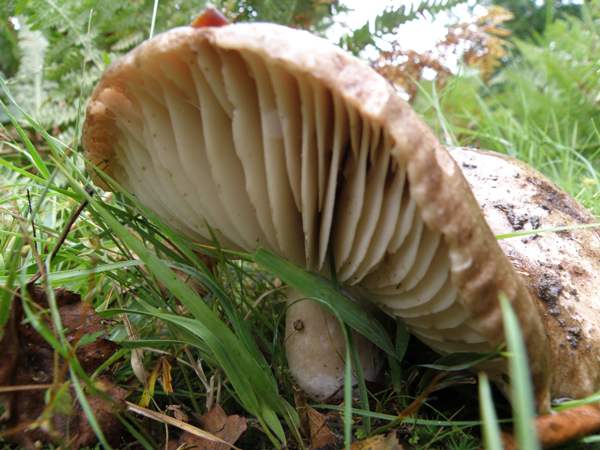
Taxonomic history
The Blackening Brittlegill was first described in 1785 by French mycologist Jean Baptiste Francois Pierre Bulliard, who gave it the scientific name Agaricus nigricans. (Most gilled fungi were initially placed in a giant Agaricus genus, but the majority have since been redistributed across several other newer genera leaving only what are commonly referred to as the 'true mushrooms' in the genus Agaricus.)
In 1838 this species was moved to the genus Russula by the famous Swedish mycologist Elias Magnus Fries.
Synonyms of Russula nigricans include Agaricus nigricans Bull., Agaricus elephantinus Bolton, Omphalia adusta ß elephantinus (Bolton) Gray, Russula elephantina (Bolton) Fr., and Russula nigrescens Krombh.
Etymology
Russula, the generic name, means red or reddish, and indeed many of the brittlegills have red caps (but many more including Russula nigricans do not, and several of those that are usually red can also occur in a range of other colours!). The specific epithet nigricans means 'becoming black'.
Identification guide
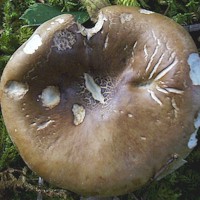 |
CapCaps of Russula nigricans are 6 to 20cm (exceptionally 25cm) in diameter, convex with an inrolled margin and then later flatter and centrally depressed, the caps are dirty white at first, turning grey-brown and then eventually blackening all over. The sometimes finely felty but often smooth cap peels to about 75%. Below the cap cuticle, which often cracks in dry weather, the flesh is white, greying with age. |
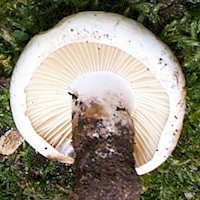 |
GillsThe widely-spaced adnate gills of Russula nigricans are thick and extremely brittle; they are interspersed with many shorter gills (known as lamellae). Ivory-white to straw-coloured at first (as in the young specimen illustrated here), the gills soon turn grey and bruise rosy red-brown when damaged. Eventually, like the rest of the fruiting body, the gills turn dull black. Stem1 to 4cm in diameter and 3 to 8cm tall, the smooth, blackening stems are cylindrical or taper in slightly towards the base. The stem flesh is white at first, blackening with age; reddening and then blackening when bruised. There is no stem ring. |
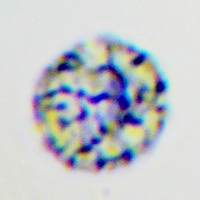 |
SporesEllipsoidal or ovoid; 7-8 x 6-7µm; warts to typically 0.3µm tall, finely linked in a partial reticulum (mesh-like network). Spore printWhite. |
Odour/taste |
Slight fruity odour; mild taste becoming hotter after a few moments. |
Habitat & Ecological role |
The Blackening Brittlegill is, like other Russula species, ectomycorrhizal; it occurs in both coniferous and broadleaf woodland. |
Season |
July to November in Britain and Ireland. |
Similar species |
Russula densifolia is found mainly under beech trees; it has crowded gills and turns black without an intermediate brown stage. |
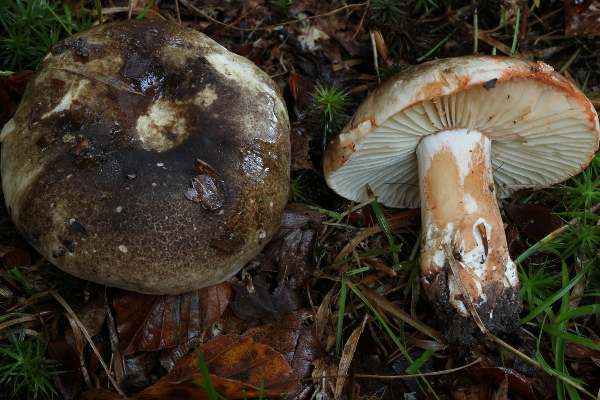
Culinary Notes
When they are young and still white, Blackening Brittlegills are considered by some authorities to be very good edible mushrooms; however, perhaps because they become tough and deteriorate in flavour as they blacken, the general view seems to be that these woodland fungi are at best only mediocre from a culinary perspective (and there are plenty of other mushroms with a superior reputation). That is a shame, because not only are Blackening Brittlegills chunky and often abundant but with their thick, very widely spaced gills, they are also very easy to identify with confidence.
German mycologist Andreas Gminder says that these brittlegills are excellent when fried with bacon and onions.
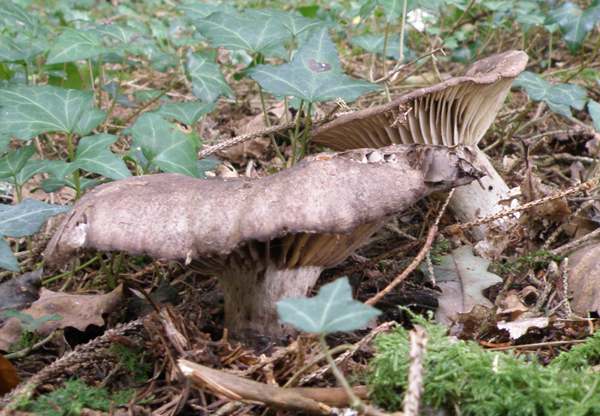
Reference Sources
Pat O'Reilly (2016). Fascinated by Fungi, First Nature Publishing.
Geoffrey Kibby (2011).The Genus Russula in Great Britain, published by G Kibby.
Andreas Gminder (2008). Mushrooms & Toadstools of Britain and Europe. A&C Black, London.
Roberto Galli (1996). Le Russule. Edinatura, Milan.
Paul M. Kirk, Paul F. Cannon, David W. Minter and J. A. Stalpers. (2008). Dictionary of the Fungi; CABI.
Taxonomic history and synonym information on these pages is drawn from many sources but in particular from the British Mycological Society's GB Checklist of Fungi.
Acknowledgement
This page includes pictures kindly contributed by Simon Harding and David Kelly.
Fascinated by Fungi. Back by popular demand, Pat O'Reilly's best-selling 450-page hardback book is available now. The latest second edition was republished with a sparkling new cover design in September 2022 by Coch-y-Bonddu Books. Full details and copies are available from the publisher's online bookshop...
